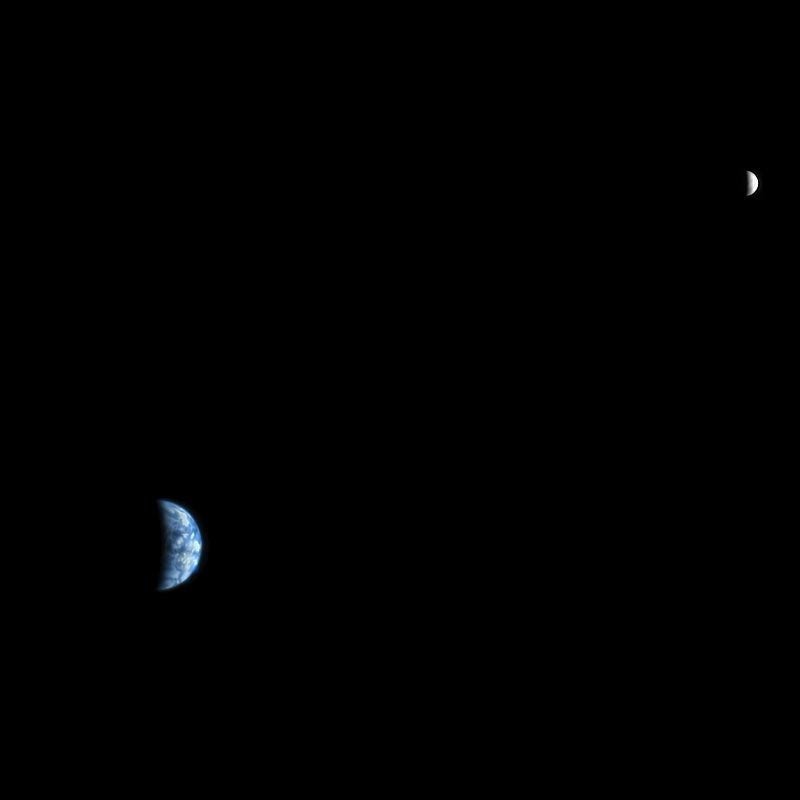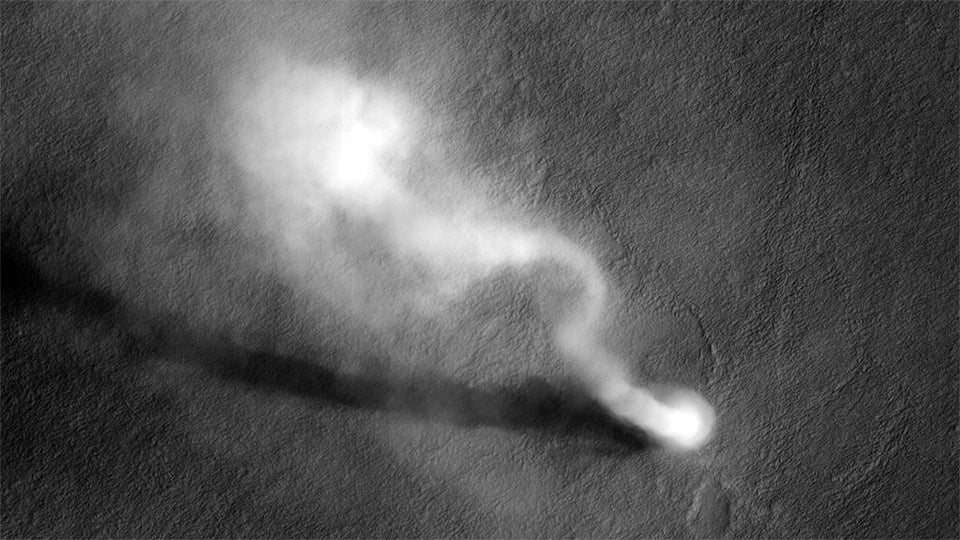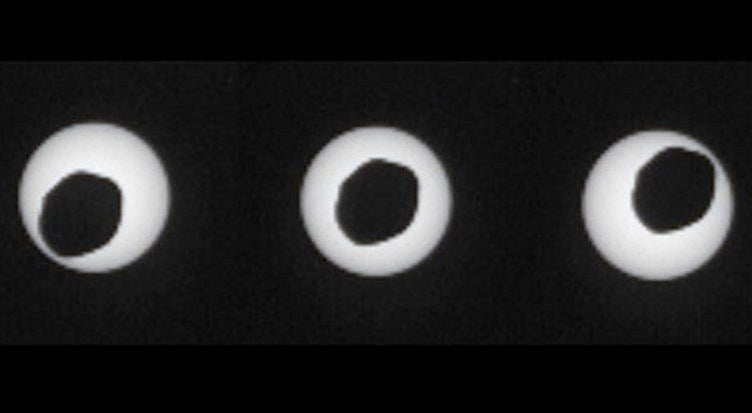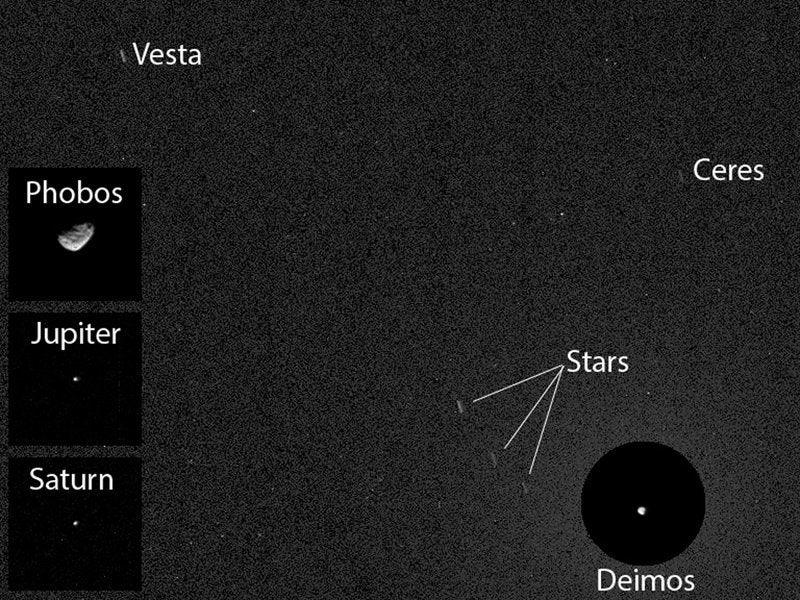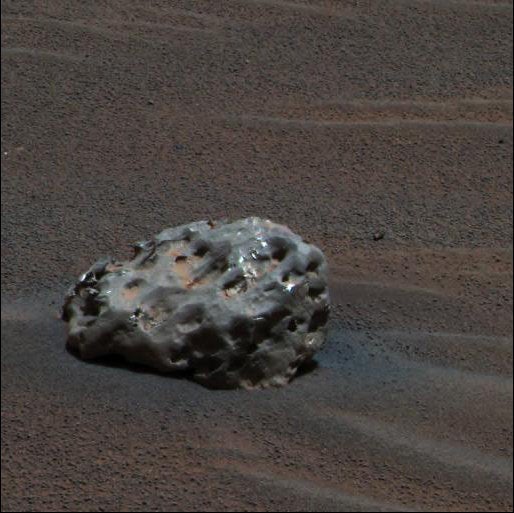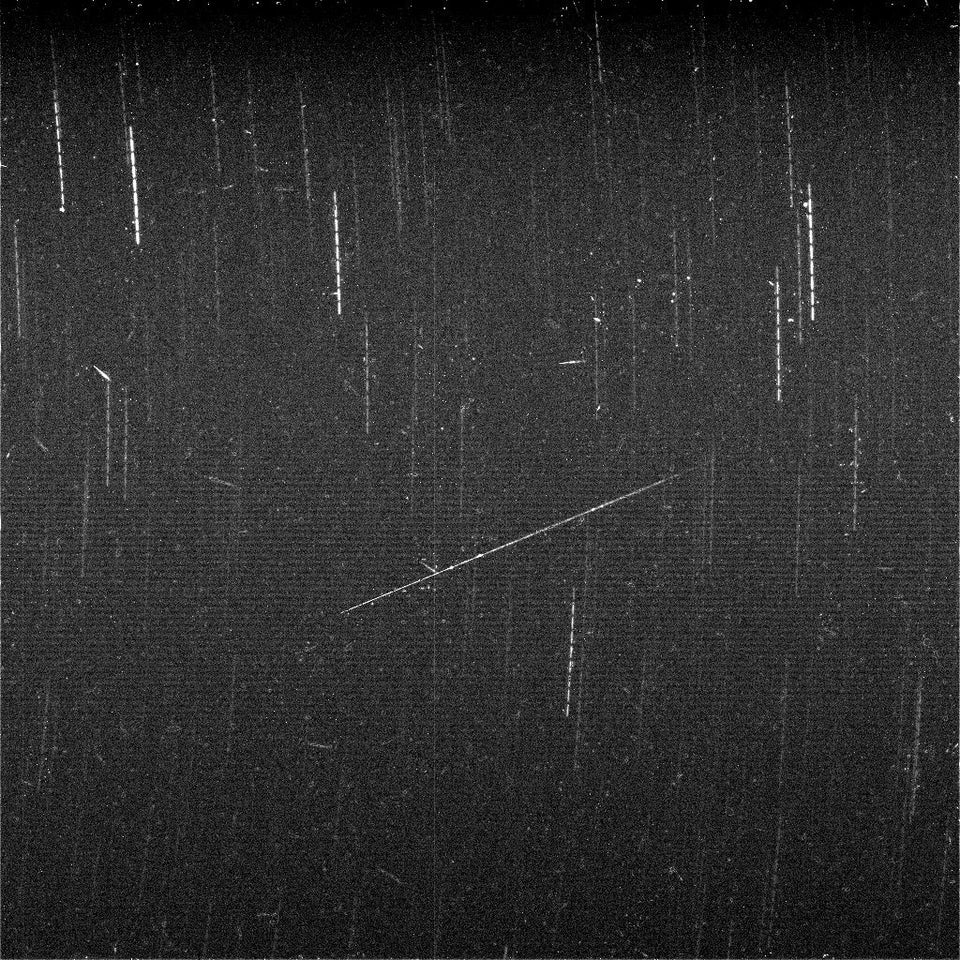WASHINGTON -- House lawmakers met Wednesday to tackle a daunting task: how to keep Congress committed to investing hundreds of billions of dollars into a decades-long plan to send humans to Mars.
A manned mission to Mars has long been the stuff of science fiction, but it's one of NASA's biggest projects as part of its larger goal of laying the groundwork for permanent human settlements in the solar system. William Gerstenmaier, an associate administrator at NASA, told a Senate committee in April that the agency is currently focused on intermediate space missions but hopes to build up to long-duration space travel.
But if humans are ever going to reach Mars, a panel told the House Committee on Science, Space and Technology, it's going to require steadfast public enthusiasm, the support of multiple presidential administrations, international cooperation, private sector involvement and, perhaps most challenging, a bipartisan agreement in Congress to keep funding the venture for at least another 30 years.
"We're going to have to hold hands. Not just the first Congress that agrees to [the plan], but that's got to be transmitted somehow to those who follow," said former Indiana Gov. Mitch Daniels (R), who co-chairs the National Research Council's Committee on Human Spaceflight. Daniels presented the House committee with a new report that calls on lawmakers to settle on a long-term strategy for a Mars mission and commit to seeing it through.
So how to keep the momentum going? One congressman had a solution: Neil deGrasse Tyson.
"Anything short of getting America out of the mall for 15 minutes and away from 'Dancing With The Stars' for 15 minutes, and letting Neil deGrasse Tyson talk to each one of them for 15 minutes, you know, we could probably pass a constitutional amendment to fund that," said Rep. Bill Posey (R-Fla.).
Posey may have been half-joking, but it's not a terrible idea to bring Tyson into the fold. The wildly popular astrophysicist and author has rejuvenated national interest in space with his show, "Cosmos: A Spacetime Odyssey." He even has his own groupies, who ply him with questions and requests for autographs at speeches he gives around the country.
The Huffington Post reached out to Tyson to see if he would be wiling to come to Capitol Hill and talk to lawmakers about the importance of a manned Mars mission. His spokeswoman said he's on vacation and away through most of July.
Daniels, who is also currently the president of Purdue University, told House lawmakers he knows it's "not the natural state of affairs" to expect a constantly changing Congress to sustain support for a long-term, costly and experimental project. But this case is different, he said.
"I just start with a very simple question: Do you want to go to Mars or don't you?" he asked. "I think we have to start with a Congress that perhaps requested, demanded, a set of choices from NASA [and] embraced one, hopefully on the broadest possible basis ... that people could look back on and say, 'We'd be violating faith with this great adventure if we took a sudden detour.'"
Before You Go

